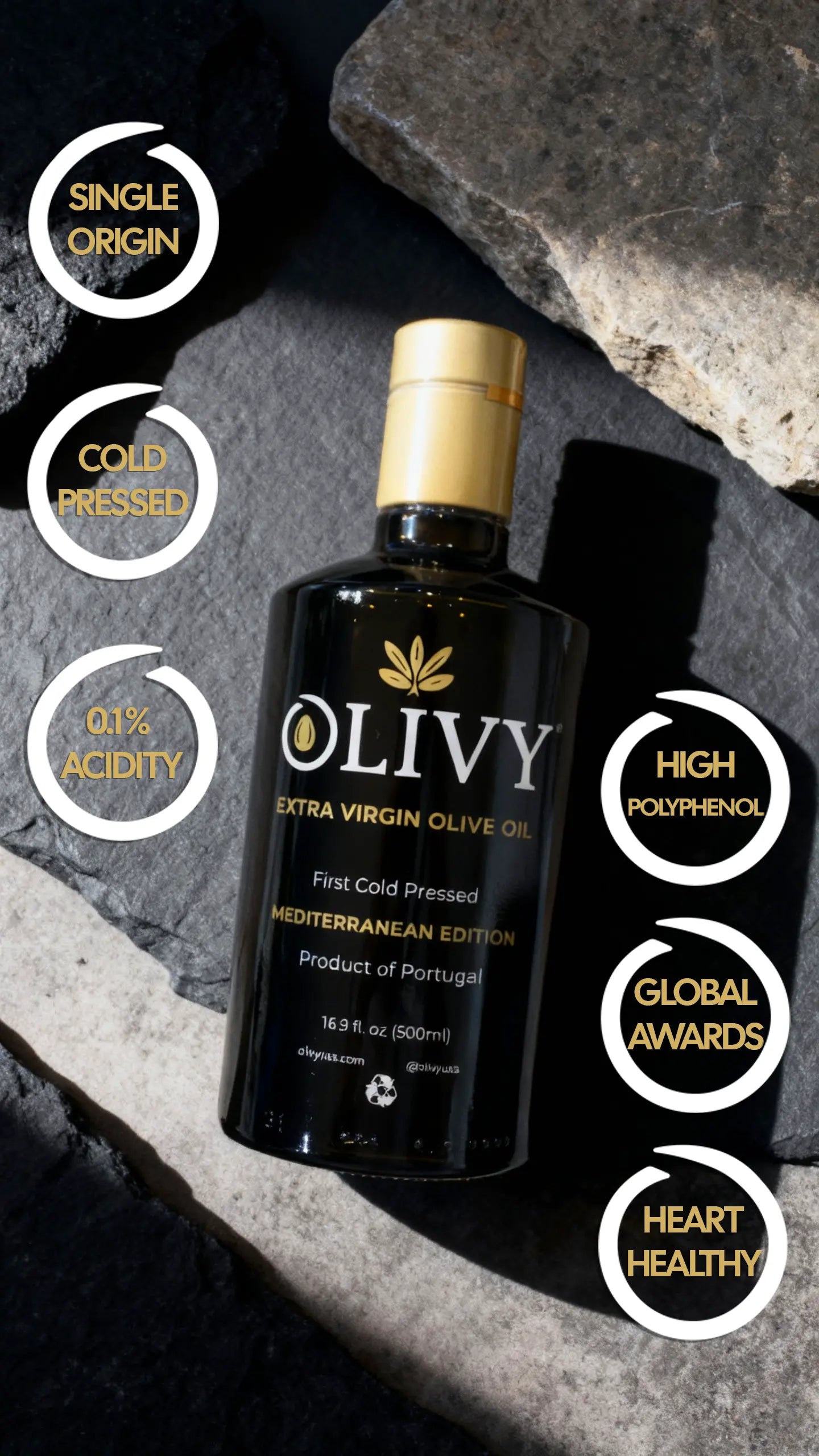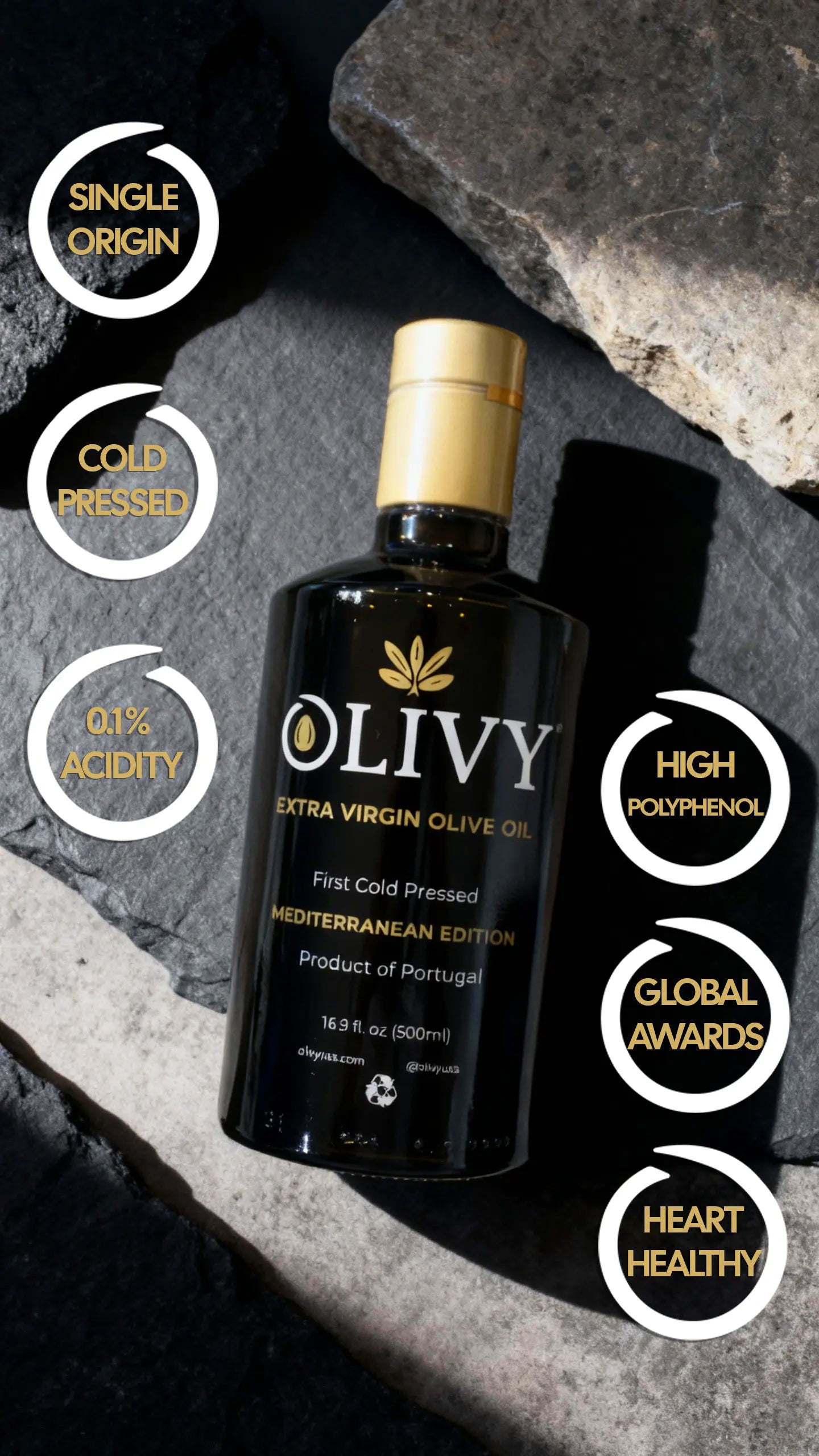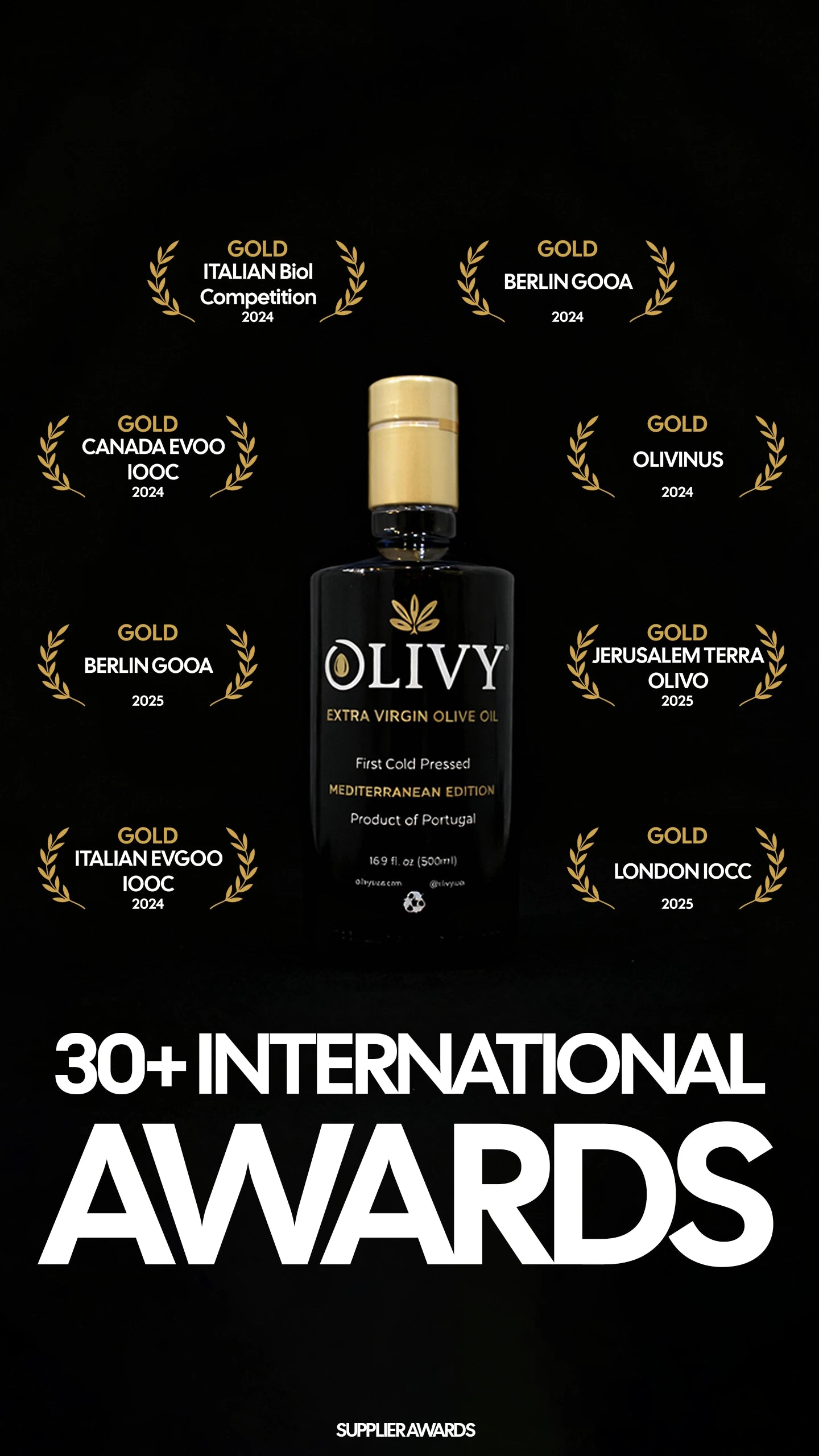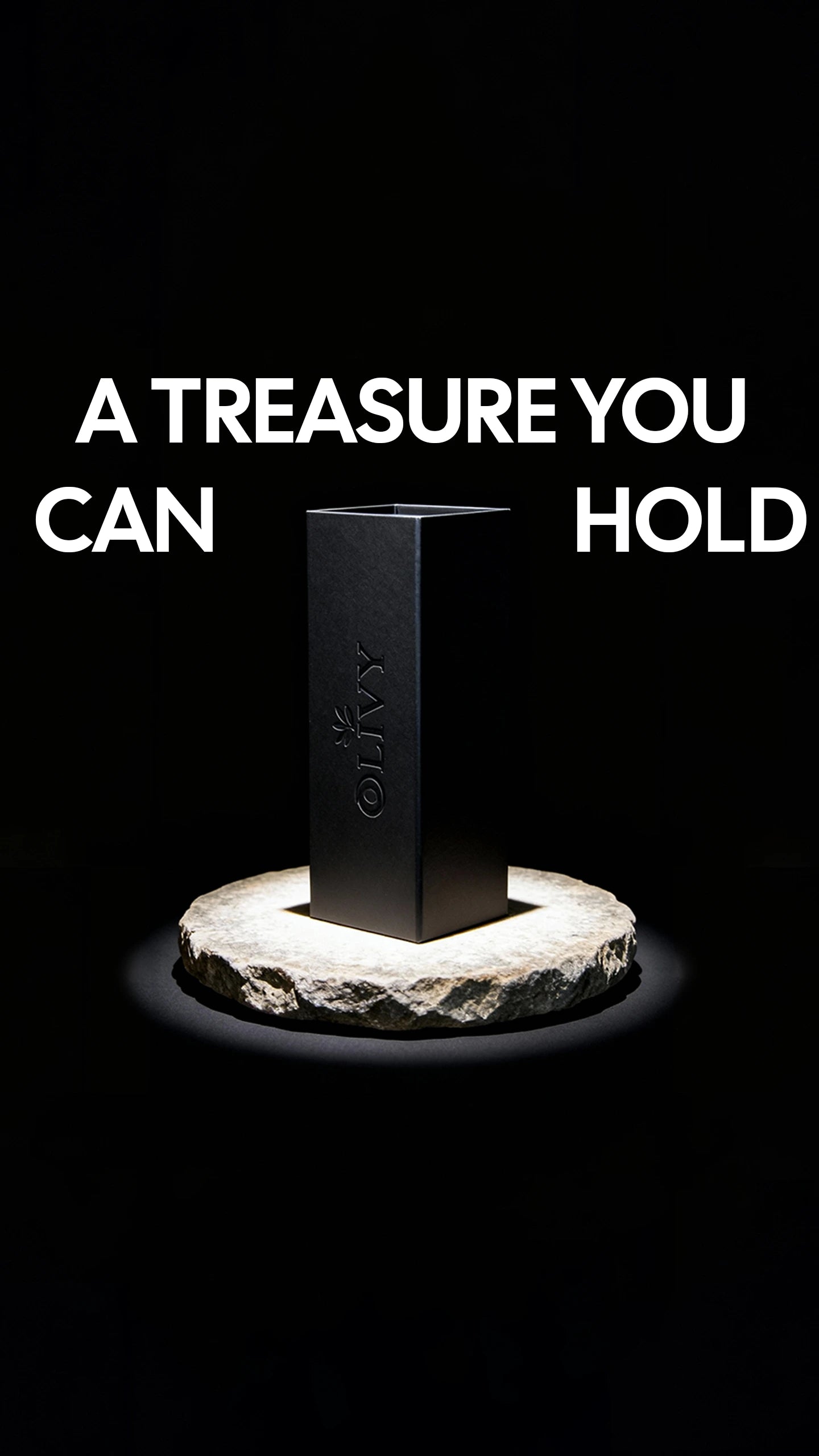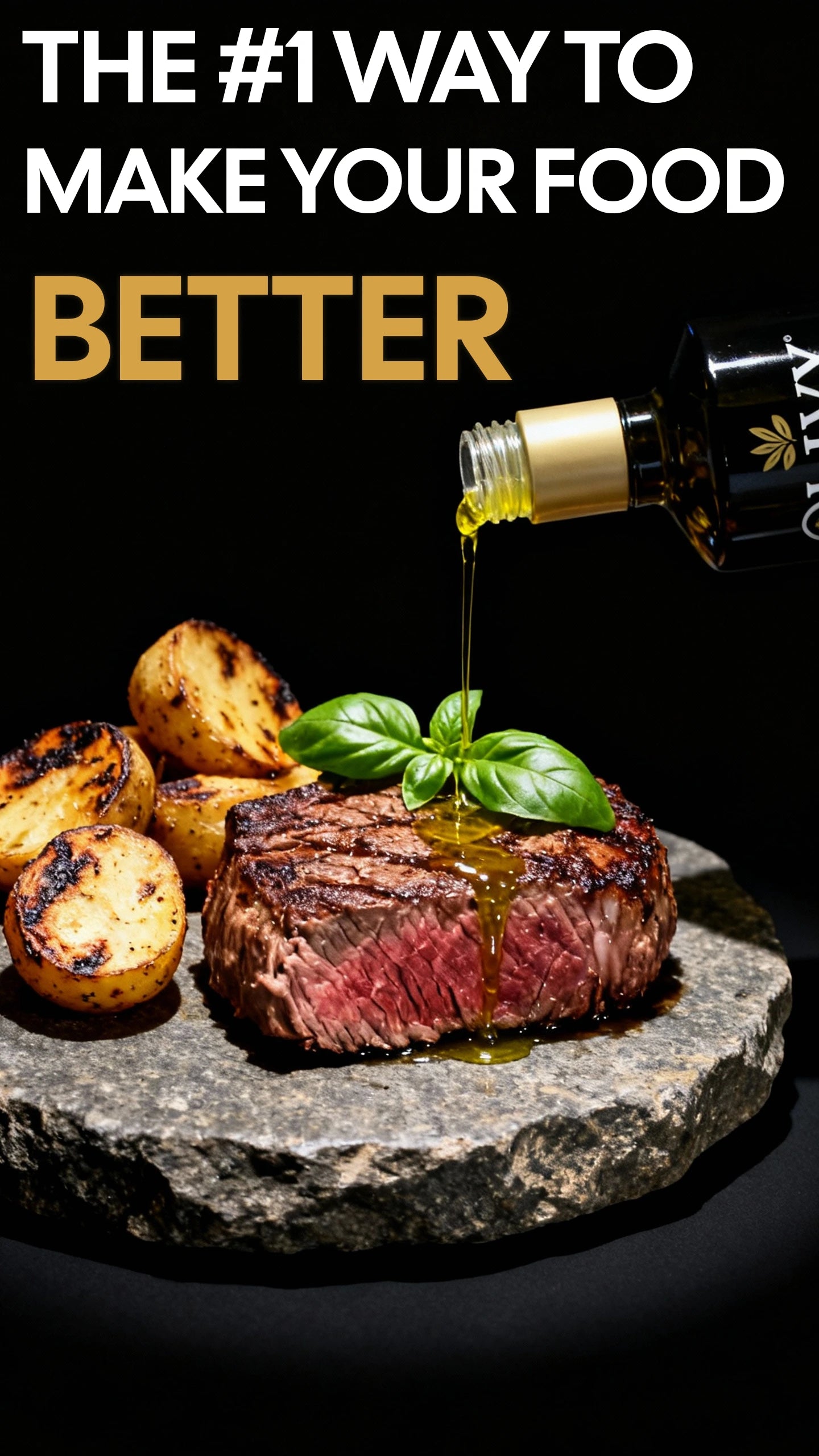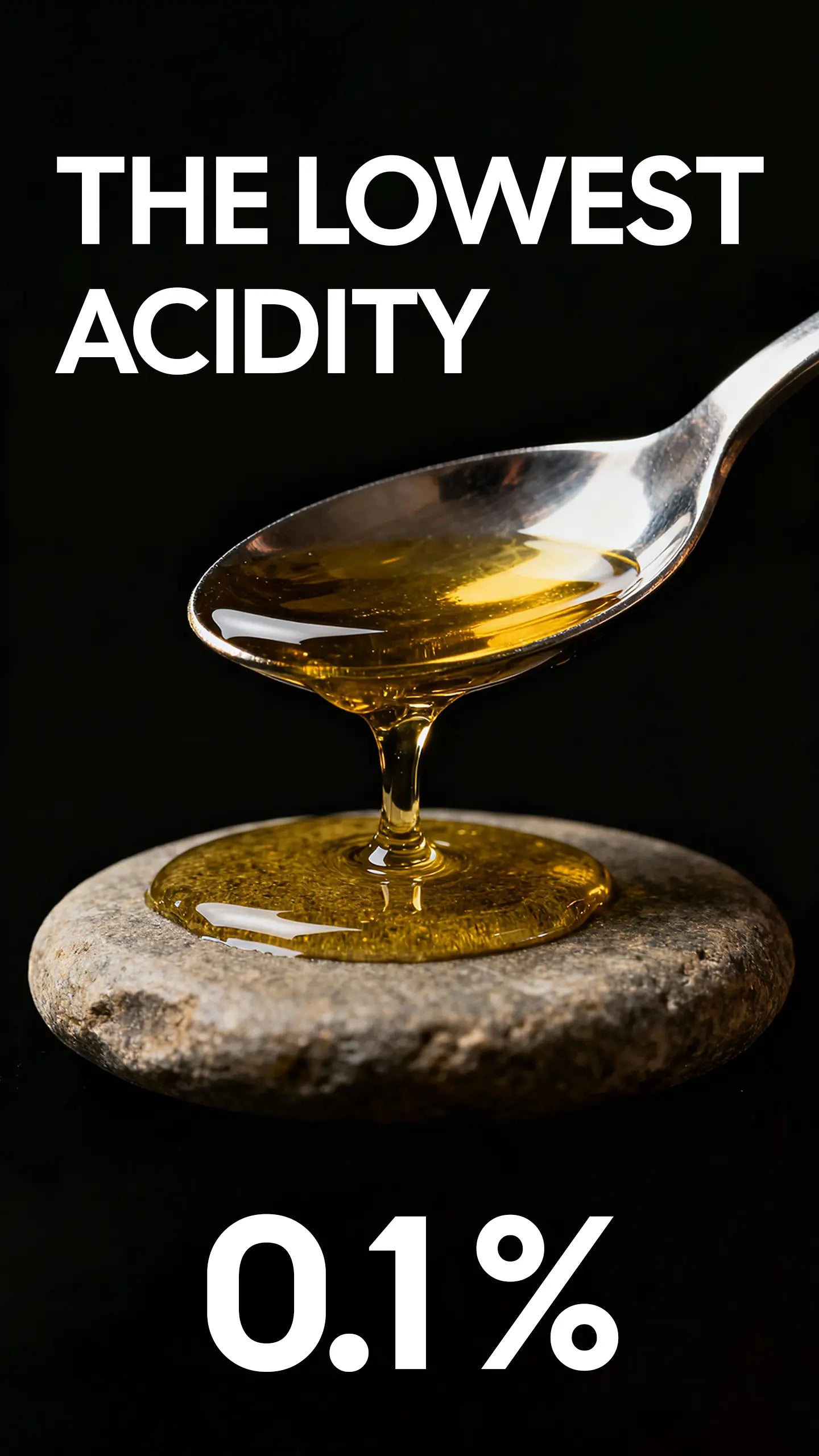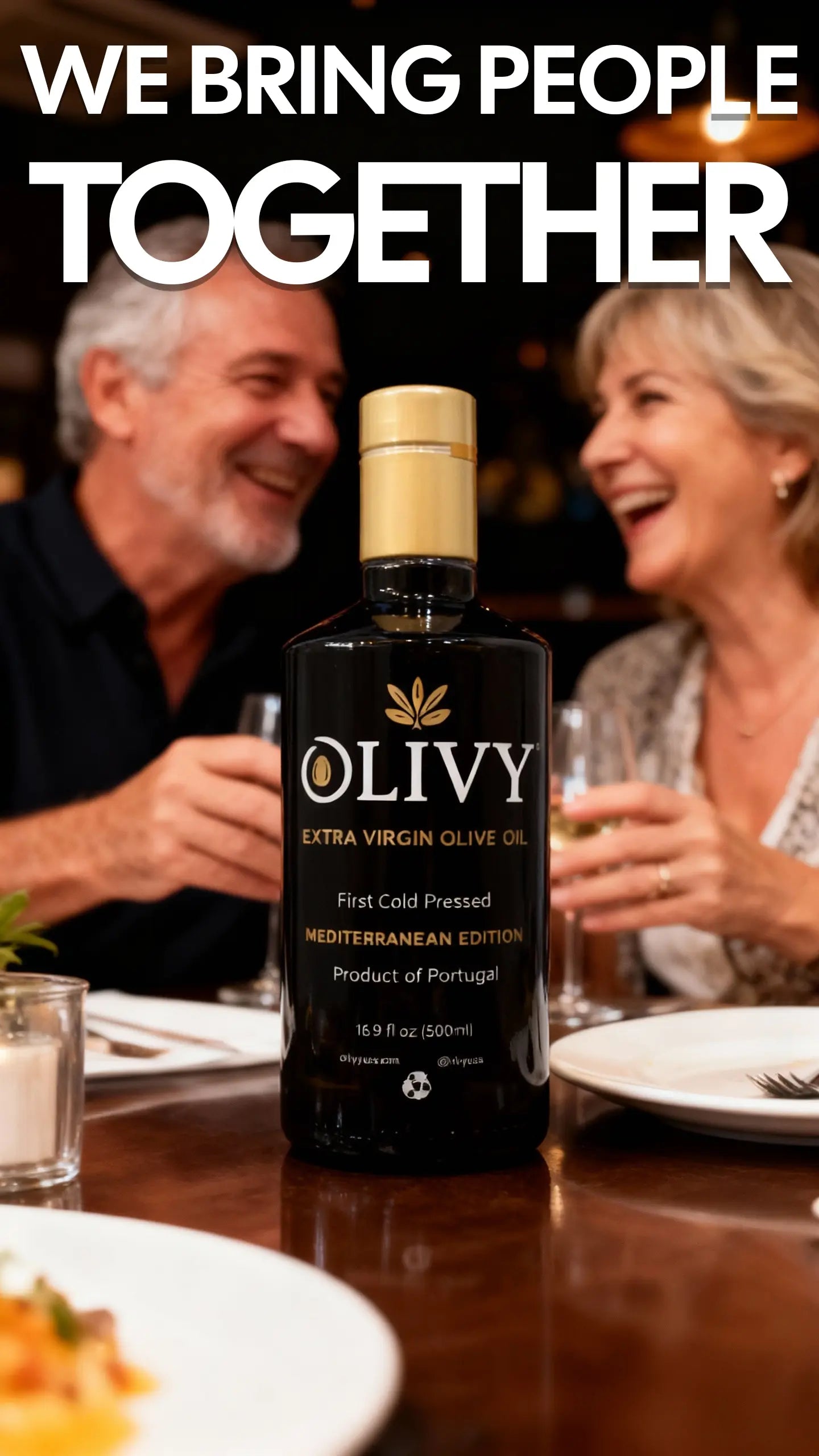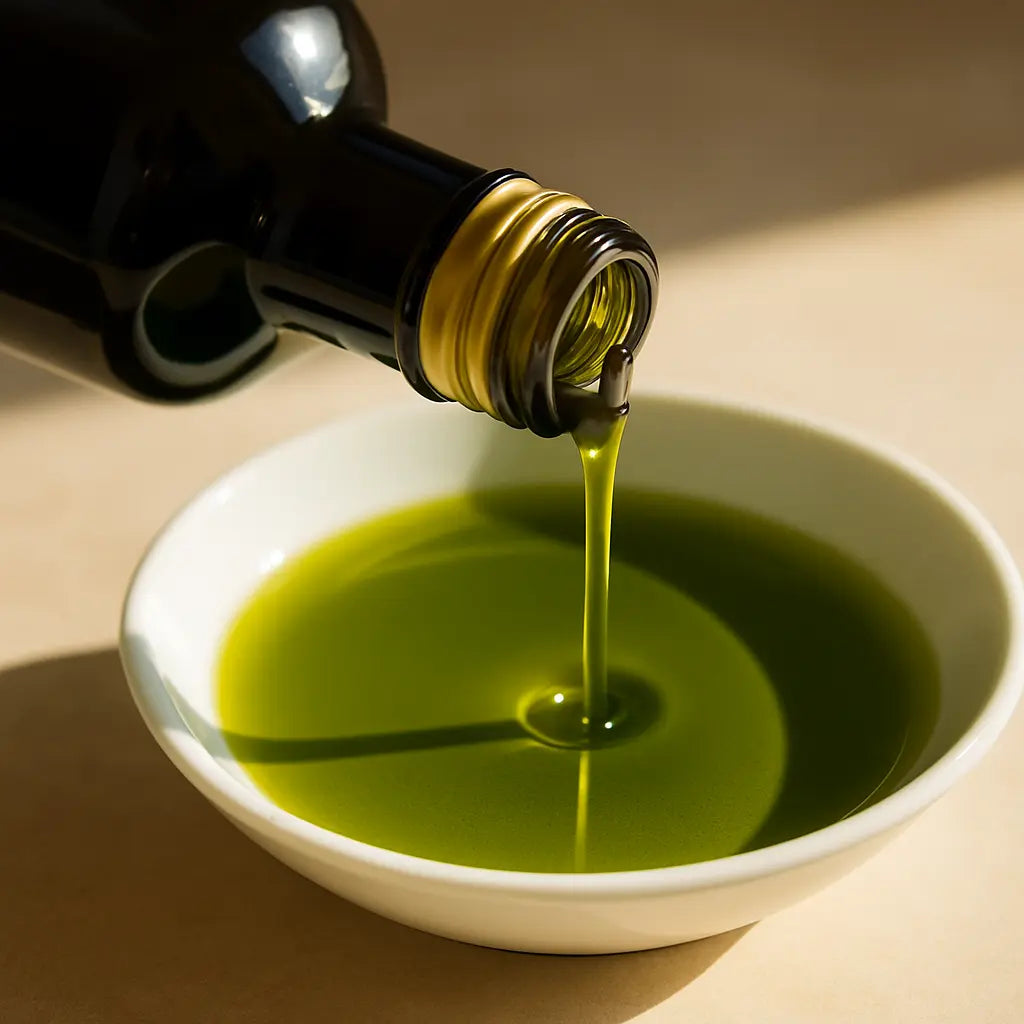
3 Secrets to Finding Fresh EVOO (Stores Won’t Tell You)
Pedro BorgesShare
Fresh extra virgin olive oil is one of the healthiest and most delicious foods you can keep in your kitchen. But here’s a secret: most bottles at the store aren’t nearly as fresh as you think. Some have been on the shelf so long, they’ve lost the taste and benefits that make real EVOO special.
Why is it so hard to find truly fresh olive oil? The answer is that companies don’t always make it easy for you to know what’s inside the bottle. Some oils hide their harvest date, others use the wrong kind of bottle, and a lot of “cheap” EVOO is old or mixed with lesser oils. If you want that amazing peppery bite, grassy smell, and all those healthy plant powers, you have to shop smart.
This guide is here to help you. You’ll learn three secrets to spotting the real thing—plus a few bonus tips that can make every meal better. If you have questions or want to share your experience, scroll down and add a comment!
Why Fresh EVOO Matters More Than You Think
Quick summary:
The freshness of your olive oil makes a big difference in taste, smell, and nutrition. Old oil just doesn’t deliver the same benefits. Learn what true freshness means and why it’s worth your time to search for it.
Let’s start with the basics: what does “fresh” really mean when it comes to olive oil? Fresh EVOO is made from olives that are picked at just the right time—usually when they start to turn from green to purple. This is called the “veraison” stage, and it’s when the olives are packed with antioxidants and flavor.
After harvest, the clock starts ticking. The olives must be pressed quickly, often within six hours, to make sure the oil stays vibrant. Real fresh EVOO is full of flavor notes like green apple, almond, wild herb, and sometimes a gentle peppery tickle in your throat. These flavors fade over time, and so do the healthy plant nutrients called polyphenols.
But here’s something most people don’t know: the oil you buy at the grocery store might already be a year or more old. Some brands don’t tell you when the olives were picked, and only show a “best by” date, which can be very misleading. Oils that are old or have sat on the shelf for too long taste flat and lose their health benefits.
Did you know? A 2021 study found that fresh, high-polyphenol EVOO supports heart health and helps your body fight inflammation. So, if you want all the good stuff, look for oil that’s as fresh as possible.
Have you ever tasted olive oil right after it’s pressed? What was different about it?
What Makes Extra Virgin Olive Oil “Fresh”?
Fresh EVOO starts with healthy, perfectly ripe olives. These are picked early in the season, before they get too soft or start to ferment on the tree. That’s why the best olive oil is usually harvested in late fall.
After picking, the olives are cleaned and sent straight to the mill. They’re crushed and pressed gently, at low temperatures (below 27 °C), so the oil keeps its bright color, strong aroma, and healthy antioxidants.
If you open a bottle and the oil smells fruity, grassy, or a little spicy, that’s a good sign it’s fresh. If it smells old, waxy, or has no scent at all, it’s probably not the real deal.
Why Most Supermarket EVOO Isn’t Truly Fresh
Most olive oils in supermarkets travel a long way to get to you. After bottling, they sit in warehouses, shipping containers, and finally on store shelves—sometimes for over a year. Some stores also keep bottles near lights or warm areas, which speeds up the oil’s aging even more.
Many brands skip putting the harvest date on the label, so you have no idea how old the oil is. Instead, they use a “best by” date that can be 18–24 months after bottling. By then, a lot of the flavor and goodness is gone.
Do you check dates on your olive oil bottles before buying? If not, will you start now?
How Long Does Fresh EVOO Last?
If you keep it sealed and away from heat and light, unopened EVOO can stay fresh for about two years. Once you open it, use it within eight to twelve weeks for the very best taste and nutrition.
Want to make your oil last longer? Keep it in a cool, dark cupboard and always close the cap tight after each use. Don’t store it above the stove or near a sunny window. If the oil ever smells like crayons or tastes greasy, it’s time for a new bottle.
Secret #1: The Harvest Date Tells the Truth
Quick summary:
The most important number on your bottle is the harvest date. This tells you exactly when the olives were picked and pressed. Freshness starts to fade the moment oil is made, so buying close to the harvest date is key.
When you’re shopping for EVOO, always look for a bottle that shows the harvest date, not just the “best by” or “bottled on” date. The harvest date is your best clue that the oil inside is still full of flavor and healthy nutrients. The closer this date is to today, the fresher your oil will be.
Why does this matter so much? Because olives, like any fruit, start to lose their best qualities as soon as they are picked. The longer oil sits in the bottle, the more the flavor fades and the healthy polyphenols break down. This is why top olive oil brands proudly display their harvest dates.
If you don’t see a harvest date on the bottle, ask the store manager or look up the brand online. The best producers are always transparent about their harvest.
What’s the oldest bottle of EVOO you’ve ever found in your pantry? Did it still taste good?
How to Read the Label for Real Freshness
Not all labels are easy to understand. Look for phrases like “Harvested on,” “Harvest Date,” or even “Early Harvest.” Sometimes you’ll see a month and year, sometimes just the year. Try to buy oil that’s less than a year old.
If the label only shows a “best by” date, try to find out how long after harvest the oil is usually bottled for that brand. Many high-quality EVOOs bottle within a few weeks of harvest.
What Is the Best Harvest Date for EVOO?
Ideally, you want oil from the most recent harvest, which is usually between November and January in the northern hemisphere. If you’re shopping in summer, last fall’s harvest is probably the freshest you’ll find. For the very best flavor and health benefits, choose oil harvested within the last six to nine months.
Cold-Pressed vs. Bottled Date—What Really Matters?
Some bottles say “cold-pressed,” which means no heat was used when making the oil. That’s important, but only if the oil is also fresh. “Bottled date” tells you when the oil was put into the bottle, but not when the olives were picked. Always use the harvest date as your main guide.
Secret #2: The Bottle Shows You What’s Inside
Quick summary:
The right bottle protects your EVOO from light and air. Dark glass, small sizes, and airtight caps all help keep your oil tasting fresh longer.
Did you know that olive oil is sensitive to light and air? If you buy oil in a clear bottle, it can go stale much faster—even before you bring it home. That’s why top olive oil brands use dark glass bottles or metal tins.
The size of the bottle also matters. Smaller bottles are usually better because you’ll finish them while the oil is still at its best. Large bottles might save money, but they often go bad before you use them up.
Caps that seal tightly help keep out oxygen, which is another enemy of freshness. Some brands even fill their bottles with nitrogen before sealing, to push out any extra oxygen and keep the oil fresh.
Have you ever noticed a difference in taste between oils in dark bottles and clear bottles?
Does the Bottle Type Affect Olive Oil Freshness?
Yes, it does! Dark glass protects the oil from sunlight, which can break down the healthy fats and ruin the taste. Metal tins work well, too, but always check that they are lined and made for food.
Dark Glass, Nitrogen Flush, and Why It Matters
Look for bottles that mention being “nitrogen-flushed” or “airtight sealed.” These steps are common with top-quality EVOOs and help the oil last longer. Avoid buying bottles that look dusty or have been sitting in a sunny spot at the store.
3 Packaging Tricks That Hide Old Oil
Some brands try to make their oil look fresh when it isn’t. They might use:
-
“Best by” dates far in the future.
-
Fancy clear bottles that show off the color but let in damaging light.
-
Labels that hide or skip the harvest date.
Next time you shop, ask yourself: does this bottle really protect the oil inside?
Secret #3: Cheap EVOO Is Usually Too Good to Be True
Quick summary:
Good EVOO is worth every penny. Cheap oils are often old, low-quality, or even mixed with other oils.
If you see a huge bottle of “extra virgin olive oil” for just a few dollars, ask yourself how that’s possible. Making high-quality EVOO is hard work. Farmers have to grow, pick, and press the olives with care. Good oil costs more, but you get much better flavor and more health benefits.
Cheap EVOO is sometimes made from olives that were picked late or left in piles before pressing. This can lead to oil that’s bland or even rancid. Sometimes cheap oils are mixed with lower-quality oils or even different types of oil. That’s why price is a good sign of quality.
Have you ever tried a cheap olive oil and noticed a big difference? Share your story below!
Why Is Some Extra Virgin Olive Oil So Cheap?
The answer is often in the ingredients and how the oil is made. Cheap oils may come from mass-produced olives, with little care for quality. Sometimes, old oil is blended with new oil to stretch it further. Always look for oils that show clear origin, harvest date, and awards.
What’s a Fair Price for High-Quality EVOO?
Expect to pay between $25 and $50 for a 500 ml bottle of real EVOO. Oils that win awards or show their polyphenol count are usually worth the extra cost. Cheaper oils are likely to disappoint you, both in taste and in health value.
The Link Between Price, Polyphenols, and Freshness
Oils that are high in polyphenols are usually more expensive because they require more care and better olives. Polyphenols give EVOO its peppery kick and many health benefits. Fresh oil has more polyphenols, so it’s worth paying for quality.
Bonus: How to Store EVOO to Keep It Fresh
Quick summary:
How you store your oil is just as important as how you buy it. The right storage can keep your EVOO tasting fresh and full of goodness for months.
Where should you keep your olive oil at home? Choose a cool, dark cupboard, away from heat and sunlight. Never leave the bottle near the stove or in a window. Always close the cap tightly after each use.
Should you put olive oil in the fridge? Most experts say no. The cold can make the oil go cloudy, and if moisture gets in, it can spoil the flavor. If your kitchen gets very warm, you can keep small amounts of oil out and store the rest in a cool pantry.
How can you tell if your EVOO has gone bad? Smell it. If it smells musty, like crayons or old nuts, it’s probably past its prime. Fresh oil should smell green and fruity. Taste it, too—fresh oil will have a little bite at the back of your throat.
Do you have a special place to store your olive oil? What works best in your kitchen?
Should You Refrigerate Olive Oil?
Usually, no. Refrigeration isn’t needed for most kitchens, and it can change the texture and taste. Only refrigerate if your house gets extremely hot and you can’t keep the oil cool any other way.
Best Temperature and Location for Storage
The best spot is a dark, cool cupboard at about 60–70 °F (15–20 °C). Use a small bottle on your counter for daily use and refill it from a larger, well-sealed bottle.
How to Know If Your EVOO Has Gone Bad
If the oil smells bland, waxy, or like crayons, it’s time for a new bottle. The flavor will be dull, not lively or spicy. Always trust your senses—fresh oil is easy to spot once you know what to look for.
What Questions to Ask Before Buying EVOO
Quick summary:
A few smart questions can help you get better oil every time. Don’t be shy—ask your seller or check the label and website for details.
1. Is it single-origin or a blend?
Single-origin EVOOs usually have more unique, stronger flavors. Blends can be good but are often made for price, not taste.
2. What’s the polyphenol count?
The higher, the better for both health and taste. Look for at least 300 mg/kg, but many premium oils will proudly display even higher numbers.
3. Was it cold-pressed or refined?
Cold-pressed means the oil was made gently, at low temperatures. Refined oils lose much of the flavor and healthy parts that make EVOO special.
4. Is the oil certified or award-winning?
Awards from groups like NYIOOC or London IOOC show the oil has been judged for quality. Certifications add extra trust.
Have you ever asked questions at a store about EVOO? Did you get helpful answers?
Where to Buy Truly Fresh EVOO
Quick summary:
You’ll find the freshest EVOO at places that care about quality. Shop at specialty stores, online shops that ship direct, or local farmers’ markets.
Is it better to buy EVOO online or at the store? Online shops can get oil to you faster, right after bottling. Some brands even let you trace your bottle back to the farm and see awards or lab tests.
How do you spot a good brand? Look for clear harvest dates, dark glass bottles, and details about the oil’s origin and polyphenol content. Trusted brands are open about how and where their oil is made.
Where can you find award-winning EVOO? Check online for brands that list their medals and lab results. At the store, ask staff for their freshest, most recent harvest oil.
Have you found a great place to buy EVOO? What’s your favorite store or brand? Share your tips for others.
Online vs. In-Store: Which Is Better?
Both have their pros and cons. Stores let you see and smell the oil (if there are tastings), but oils may sit on the shelf longer. Online, you can get the latest harvest direct from the source, but you have to trust the brand. Always check reviews and awards before you buy.
How to Spot Trustworthy EVOO Brands
Good brands tell you about their olives, harvest, and awards. They’re proud to show lab tests, harvest photos, and even let you see videos of the pressing. If a brand hides details, look elsewhere.
Where Can I Buy Award-Winning EVOO?
Award-winning oils are often sold direct from the farm or at top gourmet shops. Look for brands with NYIOOC, London IOOC, or other major medals.
Final Thoughts: One Number, Many Benefits
Quick summary:
Finding fresh EVOO is easy once you know what to look for. Check the harvest date, choose dark bottles, and don’t be fooled by cheap prices. Your meals—and your health—will thank you.
Why does 0.14 percent acidity matter? Low acidity shows the olives were healthy and pressed with care. These oils taste bright, smooth, and a little peppery. The best part? You get more antioxidants in every spoonful.
Once you start using real, fresh, cold-pressed EVOO, you’ll taste the difference in every meal. So next time you shop, remember these secrets and treat yourself to the best.
What questions do you have about EVOO? What’s your favorite way to use fresh olive oil? Share your thoughts and help others find great oil, too.

